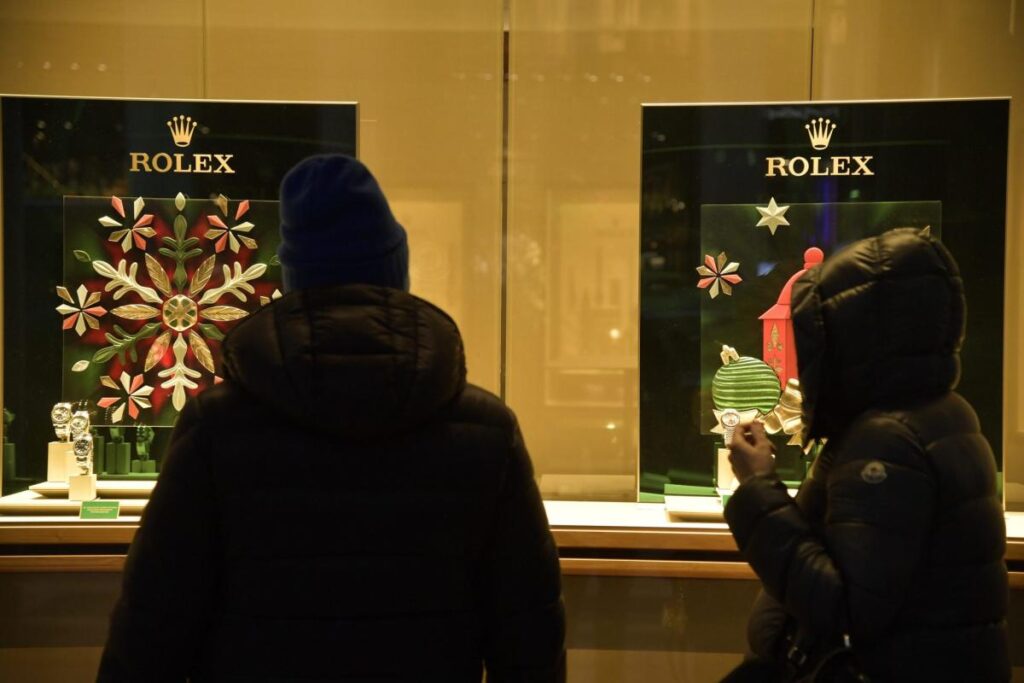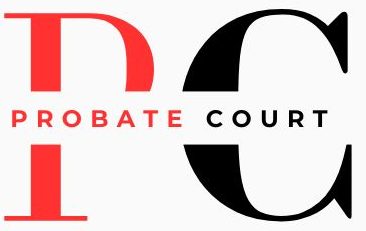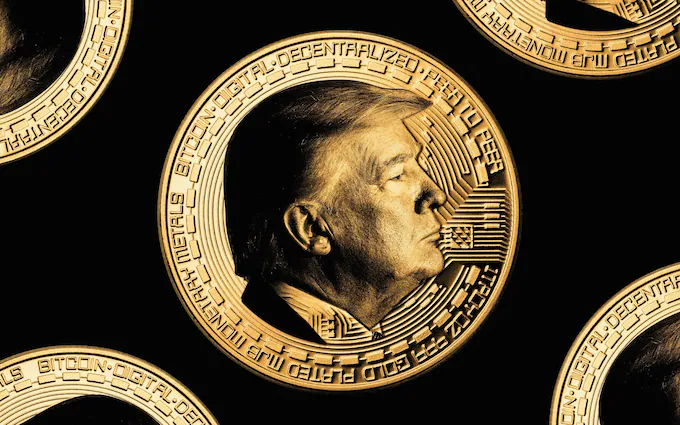
<!-- HTML_TAG_START -->Rolex's annual price increase saw a more than 8% hike in costs of some gold watches.<!-- HTML_TAG_END --> <span class="caption-separator yf-8xybrv" data-svelte-h="svelte-nxhdlu">·</span> <span>Fortune</span> <span class="caption-separator yf-8xybrv" data-svelte-h="svelte-nxhdlu">·</span> <span>Stefano Guidi/Getty Images</span>
-
Rolex implemented its annual price hike on Jan. 1, which saw the tag on some white, yellow, and Everose gold watches in its collection rise more than 8%. The change comes after a record-breaking year for gold, which peaked at a high of $2,790 per ounce.
The price tag of certain new Rolex timepieces has become even more eye-popping, and it may be thanks in part to the rising costs of precious metals, particularly gold.
Ringing in the new year, Rolex increased the cost of its yellow gold GMT-Master II to about $45,700 (€44,600) from $ 42,310 (€41,300) and its yellow-gold Day-Date with a 40-millimeter black dial to $45,800 (€44,200) from about $42,000 (€41,000), according to its French website, Bloomberg reported. The 18-karat-gold Day-Date, for instance, contains by some estimations more than 100 grams of gold in the case and bracelet, depending on consumer customizations. That price raise is more than 8%. Meanwhile, Rolex’s steel watches also saw a price hike, but by only about 2% for its Submariner model and 3% for its Cosmograph Daytona watch.
A Rolex spokesperson did not immediately respond to Fortune’s request for comment.
While Rolex calculates the prices of its watches based on a particular country’s inflation and manufacturing and labor costs, the cost of precious metals has played a meaningful role in the luxury watchmaker’s pricing decisions. Though Rolex usually sets its prices annually on Jan. 1, the company introduced a 4% increase in some of its gold watches in the U.K. last June, including raising the retail cost of the Rolex Daytona chronograph in white gold to about $49,300 (£38,700) from $46,000 (£37,200).
The skyrocketing value of gold—fueled by inflation, apocalyptic fears, and China’s limping economy stoking demand—has made its impact on luxury prices difficult to ignore. During the time of Rolex’s midyear price increase, gold had surged in value 14% since the start of the year, touching an all-time high of $2,450 per ounce. By the end of 2024, gold had skyrocketed 27% to $2,626 per ounce, even reaching a record-shattering $2,790.
This coming year, gold investors are still bullish, with Goldman Sachs predicting its value to reach $3,000 per ounce by the end of 2025 as President-elect Donald Trump’s incoming administration could shape trade policies that increase inflation. But should the Federal Reserve try to temper inflation with fewer rate cuts, gold may lose some of its shine to investors.
After a COVID-era boom, the luxury watch market is starting to come back down to earth as economic uncertainty cooled demand for the product amid a greater luxury slowdown.



